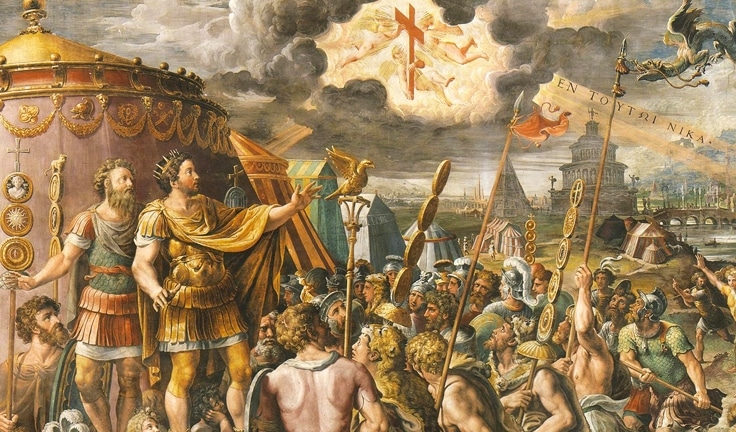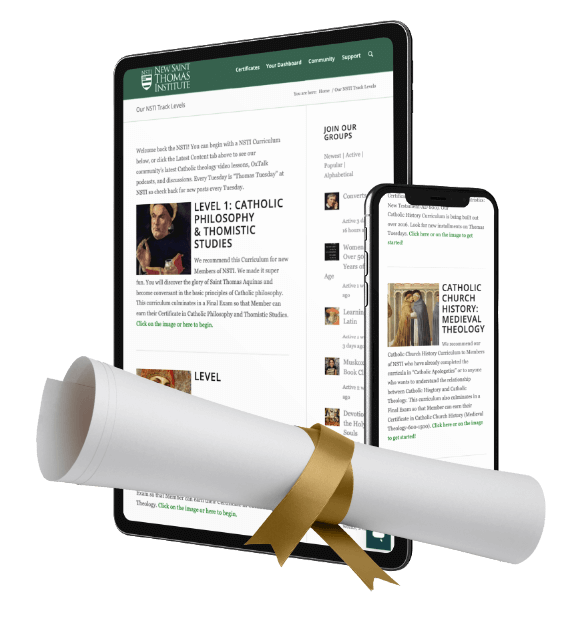11 Unusual Facts about Constantine the First Christian Roman Emperor
Constantine gets a bad rap. He’s Saint Constantine in the Eastern Churches, but just plain ol’ “Constantine” in the West. Is he an apostolic saint or an opportunistic sinner?

In the last few years, I’ve spent a lot of time reading up on Constantine. I’ve taught a course three times in Rome called “History and Theology of Rome,” which touches on Constantine and his legacy. I’ve written a book The Eternal City which also explores his impact on Christianity (I was much more pessimistic about him in the book than I am now). Moreover, Constantine is a major literary character in my historical fiction Trilogy: Sword and Serpent: Trilogy.
[PS: Book III in the Sword and Serpent Trilogy is now complete and in the final editing stages – and young Constantine heavily present in the final novel.]
Since we live in times of political and ecclesiastical ambiguity, here are 11 facts about Constantine to help you see that God can use imperfect politicians (and imperfect bishops) to bring about great good:
- He was divorced and remarried. His first wife was Minervina, and he divorced her to marry his second wife was Fausta.
- Constantine killed his second wife. In AD 326, he had his first son Crispus (from his first marriage) killed. He also had his second wife Fausta killed. Both names were removed from public documentation. After Constantine had his second wife killed, he never married again until his death at age 65. (It was rumored that his son Crispus had an affair with his stepmother Fausta and that this revelation and their ordered deaths haunted Constantine to the grave.)
- During his early life, the Roman Empire was divided into a Tetrarchy of four emperors: two senior emperors with the title “Augustus” and two junior emperors with the title “Caesar.” Constantine’s father Constantius was the “junior emperor” or “Caesar” of the Western half of the Empire.
- Constantine spent his early life held captive in the East (away from his father in the West) by the senior emperor Augustus Diocletian (a great persecutor of Christians). Constantine escaped the Eastern emperors by night and fled to his father. It is said that he hamstrung every horse along the way so that he would not be caught! Constantine joined his father Constantius in York in Britain. His father died in 306 and his son Constantine was acclaimed “Augustus” or senior emperor of the Western Roman Empire by his soldiers.
- But Constantine needed to prove his title. Before defeating Maxentius in AD 312, Constantine saw the cross in the sky above the sun with the words “in touto nika” or, “In this sign, conquer.” Lactantius (who tutored his sons) says Constantine was instructed to conquer under the sign of the cross during a dream. Eusebius records that it happened during the day at noon and that all the troops saw it. Either way, Constantine is said to have placed the sign of the cross or a Chi Rho on the shields of his men. Scholar Peter Weiss suggests the public “sun miracle” happened in Gaul in AD 310 and the dream happened in AD 312 before the Battle at the Milvian Bridge. That in AD 310, Constantine began to shift to monotheism based on “Sol Invictus” and that by AD 312, this monotheism had become (or was becoming) Christian monotheism.
- Constantine legalized Christianity with the Edict of Milan in AD 313, but he began to remove pagan symbols from imperial coins beginning around the year AD 318. He gave the Lateran Palace to the bishop of Rome in AD 324. His conversion seems gradual and is in full display after about 10-12 years of rule.
- Constantine didn’t likely convert for political reasons as most high school history teachers will tell you. The demographics were against him. It is estimated that in AD 312, Christians composed only 10-15% of the Roman Empire’s population and fell into the lowest levels of education, wealth, and political power. The influence, wealth, and political power were still held by those checking the box labeled: “Jupiter, et al. Give me that old school Roman religion.”
- In AD 325, he called the first Catholic and Ecumenical Council of Nicea, which condemned the heresy of Arius falsely teaching that the Son of God was created and not eternally begotten of the Father.
- Constantine left three living sons (each born from Fausta):
Constantine II (Catholic and anti-Arian). The first born.
Constantius II (Semi-Arian). The most powerful and through his influence, Semi-Arian theology spread.
Constans (Catholic and anti-Arian and anti-Donatist). Constans was rumored to be a man of unnatural vices. - Constantine did not divide the Roman Empire into “East and West.” That had already been accomplished fully by Diocletian. Constantine, in a sense, re-united the entire Roman Empire under himself as one household or oecoumenos.
- Constantine fell ill and personally selected the Semi-Arian bishop Eusebius of Nicomedia to baptize him just days before his death. He died on Pentecost AD 337.
Whatever your opinion of Constantine, it’s a historical fact that Christianity was spread to more souls by Constantine than by Saint Paul himself. This is why the Eastern Churches hail him as the “Thirteenth Apostle.” I’ll admit that this title is overly ambitious, but my opinion is that he was genuinely apostolic despite him being obviously imperfect.
Depending on your perspective: pray for Constantine’s soul or ask him to pray for you!
What to Watch Next
SHOP THE TAYLOR MARSHALL STORE
Dive Deeper

GET CONFIDENT IN YOUR FAITH
Explore the fascinating world of Catholic teachings with Dr. Marshall. Together you’ll unpack the brilliant answers the Church gives to tough questions about the Faith. The best part: you go at your own pace. Start this exciting journey today.


 >
>


